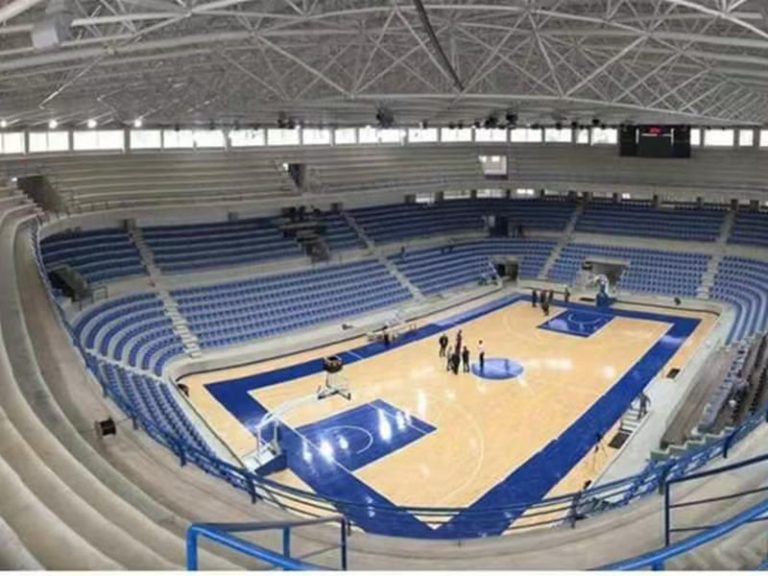When it comes to basketball court surfaces, hardwood flooring remains the undisputed leader for indoor play. Whether you’re outfitting a professional arena, school gym, or home basketball court, wood provides the ideal combination of performance, safety, and classic aesthetics.
In this guide, we’ll break down everything you need to know about basketball court wood flooring, including the best hardwood options, installation considerations, and long-term maintenance tips.
Why Wood Flooring is the Best Surface for Basketball Courts
1. Superior Playability & Performance
- Optimal Shock Absorption – Reduces impact on players’ joints, minimizing fatigue and injury risk.
- Consistent Ball Bounce – Unlike synthetic surfaces, wood provides a true and predictable bounce.
- Excellent Traction – Allows for quick cuts, pivots, and stops without slipping.
2. Unmatched Durability & Longevity
- High-quality hardwood (like maple or oak) can last decades with proper care.
- Resistant to Wear & Tear – Ideal for high-traffic gyms and competitive play.
3. Professional Look & Feel
- Nothing matches the classic, polished appearance of a wood basketball court.
- Enhances the overall athletic atmosphere of any facility.
Best Types of Wood for Basketball Court Flooring
1. Maple (The Gold Standard)
✅ Pros: Extremely durable, tight grain structure, best shock absorption.
❌ Cons: Higher initial cost.
🏆 Best For: NBA courts, college gyms, high-end facilities.
2. Oak (A Strong Alternative)
✅ Pros: Durable, slightly more affordable than maple.
❌ Cons: Grain pattern can affect ball bounce slightly.
🏆 Best For: School gyms, recreational centers.
3. Beech (Less Common but Reliable)
✅ Pros: Good shock absorption, smooth surface.
❌ Cons: Requires more maintenance.
🏆 Best For: Training facilities, private courts.
Key Factors When Installing Wood Basketball Flooring
1. Solid Hardwood vs. Engineered Wood
- Solid Hardwood – Traditional choice, can be sanded and refinished multiple times.
- Engineered Wood – More stable in humid climates, often used in multi-purpose venues.
2. Finish & Surface Treatment
- Polyurethane Finish – Adds durability and a glossy, professional look.
- Oil-Based Finish – More natural feel but needs frequent upkeep.
3. Subfloor & Shock Absorption
- A proper plywood subfloor is essential for stability.
- Sprung floor systems enhance shock absorption for player safety.
4. Maintenance Tips for Longevity
✔ Regular Cleaning – Use a microfiber mop to remove dust and debris.
✔ Refinishing Every 5-10 Years – Restores grip and surface quality.
✔ Humidity Control – Prevents warping and cracking.


